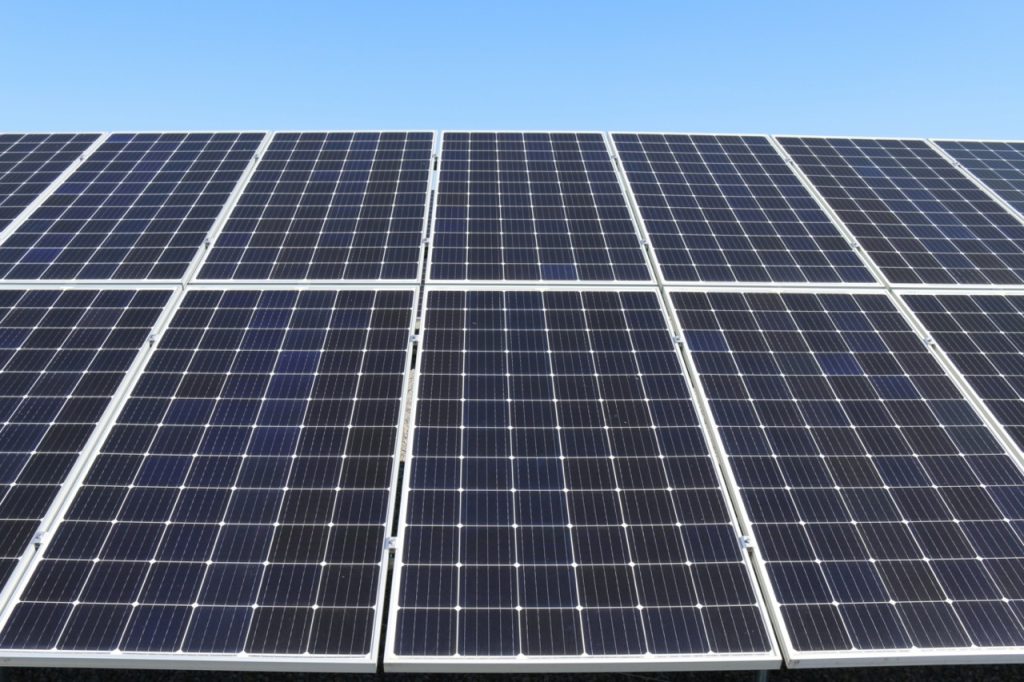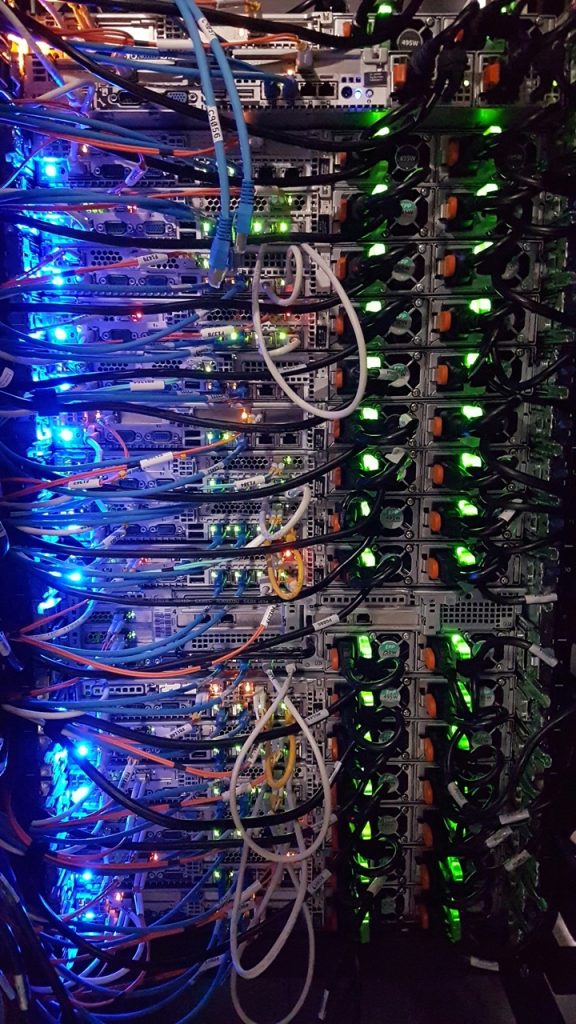Introduction to the Concept of “Green AI”
In this unbridled era of digital expansion and rising computational power, a question arises: how can we make artificial intelligence both smarter and greener through green AI? Celadonsoft is happy to share some thoughts on “Green AI” — an idea changing how intelligent systems are created and utilized, with an emphasis on sustainable development and minimized environmental impact.
What is “Green AI”?
“Green AI” in short is a strategy for developing and operating artificial intelligence with an eye on the environment. Highest priority is given not only to how models perform and how accurate they are, but how efficiently resources are utilized: energy, computation, and server space.
Three main directions define “Green AI” development:
- Model energy efficiency – reducing power consumption by architectural and algorithmic optimizations.
- Renewable energy resource utilization – operating data centers and compute clusters on “green” energy.
- Reducing carbon footprint for development – measuring and lowering CO₂ emissions for training and maintenance of AI models.
Why is sustainability for AI anything more than a buzzword today?
It is among the fastest-rising yet resource-intensive sectors. Data centers consume about 1 % of global electricity (this also contributes to significant cloud cost reduction opportunities), and calculations made by AI form a significant share of it. We at Celadonsoft believe this cannot continue unaddressed.
These energy costs are driven by the data burst and need for rapid model training. Lacking a change of strategy, catastrophic financial and environmental crises are looming on the horizon — from rising costs to catastrophic climate impact.
Importance of sustainable AI for business and society:
Going green with “Green AI” is neither just electricity conservation nor image makeovers. It is the source of long-term competitiveness and social obligation.
Key benefits are:
- Reduce operational expenses – energy efficiency can reduce cloud costs by as much as 30 %, attested by industry leaders.
- Improved company reputation – environmental care increases loyalty among customers and partners.
- Compliance with global rules and standards – sustainability increasingly needed worldwide.
- Global climate goals – reductions can only come about through collaborative efforts from the IT industry.
Table: Key distinctions between Traditional AI and Green AI
| Criterion | Traditional AI | Green AI |
| Development priority | Highest possible precision | Strike a harmonious balance of efficiency and precision |
| Energy consumption | High | Optimized |
| Energy sources | Fossil fuels primarily | Renewables |
| Climate Impact | Principal | Minor |
| Model lifecycle | Regular intense training | Resilient and adaptive |
3. “Green” Principles for Artificial Intelligence
When we call it “Green AI,” we must recognize it is no buzzword, but an integrated set of approaches to minimizing environmental impact without reducing efficiency and scalability. “Green AI” to us at Celadonsoft refers to a set of principles incorporated into every stage of developing and running AI. The key principles are:
- Energy Efficiency – the main principle seeks to reduce energy consumption when computing. Simplification of model architecture and usage of light-weight adaptive algorithms help reduce hardware and, subsequently, data-center power-system loads.
- Optimal Utilization of Resources – redundant consumption of computing resources is avoided to save wastage. We aim to evenly divide workload at Celadonsoft with dynamic scaling and wise task distribution, without redundant utilization of cloud infrastructure.
- Renewable Energy Usage – using renewable energy to drive data centers is our preferred strategy. Many of the large players are already running on solar and wind power, and we prefer data centers with these renewable energy sources.
- Optimization of Model Lifecycle – removing unnecessary calculations and duplicative iterations from training to deployment accelerates processes, lowering energy-consuming calculations and hence carbon emission directly.
- Transparency and Measurability – CO₂ emission and energy consumption of AI models need to be monitored periodically. Otherwise, it is simply impossible to objectively evaluate how green efforts are going and how improvements can continue to be made.

4. Resource Optimization: Examples from Reality
How are these concepts applied? We examine cases deeply and implement solutions with clear ecological and economic effects at Celadonsoft.
- Example 1 – Shrinking Models: An ecommerce company abandoned big traditional neural networks for small transformers specific to their applications. The payoff was a 40 % reduction on compute cost and roughly a third less power expenditure, directly translatable to cloud bills.
- Example 2 – Smart Compute Distribution: An initiative employed dynamic load-balancing protocols, routing processing of data to greener, cheaper-energy locations. Outcomes: around 25 % cost reduction and reduction of carbon emission (an outcome of pursuing energy-efficient AI).
- Case Study 3 – Green-Powered Servers: Partnering with a cloud provider on solar power allowed CO₂ savings without impacting performance.
4. Optimization of Resources: Practical Examples
We at Celadonsoft have always believed that “Green AI” is no buzzword but just one solution among many for minimizing both ecological and economic expenses of cloud computing. Actually, greener AI lowers cloud service cost by up to 30 %—a proven fact supported by concrete cases.
Let us look at some early adopter firms who embraced “Green AI” and experienced attractive bottom-line benefits:
- Dynamic server-loading algorithms were implemented by CloudOptima, an online retailer. The result? Optimized resource utilization decreased energy consumption by 25 % and cloud expenses by 28 % without affecting either performance or end-user experience.
- EcoData Analytics, big data analytics developer, utilized machine-learning algorithms to improve energy efficiency within models. This decreased neural-network training times by 40 %, minimizing cloud-provider energy consumption and reducing bills by up to 30 % per month.
- GreenSoft Solutions, an IT consulting company, implemented “Green AI” concepts by optimizing caching and eliminating redundant API requests. This reduced cloud-platform loading and decreased network-traffic cost by nearly a third.
Underpinning these success stories is: Key drivers of success are:
- Smart scaling — scale on demand, on the basis of actual loading, rather than wastefully provisioned.
- Optimization of algorithm and codebase — elimination of unnecessary calculations by introducing better software structure and logic.
- Monitoring and management automation — applications responding to changing app parameters in real time.
- Use of “green” data centers — energy-efficient infrastructure run on renewable energy.
Celadonsoft created a framework for integrating these ideas smoothly into existing cloud infrastructures with minimal client investment. Our goal: help IT professionals end the resource max-out cycle and replace it with enlightened management of compute power and energy.
Key benefits of “Green AI” resource optimization:
- Save up to 30 % on cloud expenses without compromising either SLA or performance.
- Reduced carbon footprint for improved company reputation.
- Increased infrastructure resilience due to adaptive load management.
- Scalability and flexibility at lower peak-load expenses.
It is no trend, but a wise business and planet investment for tomorrow. We know from experience that innovations, energy efficiency, and cost savings are the path to sustainable development and competitiveness. Celadonsoft plays an active part in these directions, sharing know-how and technology with IT.
6. “Green” Artificial Intelligence Technology
We at Celadonsoft firmly hold the view that “Green AI” is no longer a trend but a necessity for green cloud systems development. We find ourselves today living in an advanced IT world, and it offers a plethora of new-age tools for reducing resource and carbon-footprints consumption. Some of the most significant ones are:
- Low-power algorithms – optimization algorithms whose aim is to reduce calculation costs, significantly reduce server loads. They reduce energy consumption directly by minimizing operations and reducing data recalculations.
- Automatic scaling with environmental priority – system orchestration scales cloud infrastructure both from a workload and an efficiency and power-source data-center perspective.
- Smart Load Allocation – elastic balancing mechanisms redirect computation requests to low-carbon data centers or ones that utilize renewable energy.
- Optimization of Machine-learning model – model size and complexity reduction without a noticeable decrease in predictiveness. Pruning, quantization, and distillation are some techniques that conserve computation expenses and hence decrease carbon footprints.
Together these technologies form “Green AI”‘s technological foundation: versatile, agile, and above all, sustainable.

7. Cloud Technologies’ Future and Their Green Face
It is no longer a trend, but a strategic turning point for the entire IT industry to adopt cloud solutions today. Celadonsoft identifies several trends, which are shaping the future of “green” cloud:
- Integrating Artificial Intelligence into Energy Management – AI development will enable real-time monitoring and forecasting of data-center energy consumption and environmental control auto-load regulation.
- Rise in renewable energy consumption – cloud providers focus on 100 % green energy—solar, wind, and hydro—enhancing the trend and accelerating resource deployment into green areas.
- Decentralized cloud solutions – distributed data centers and edge computing reduce reliance on massive monolithic centers with enormous energy consumption, minimizing overall environmental footprints with localised computing.
- Regulatory and standards requirements – more stringent cloud-service requirements with regards to sustainability and openness will make “Green AI” adoption a standard component of business policy.
- Raising awareness and training for specialists – organizations should invest in staff training to enhance skills for operating and designing green IT systems.
8. Conclusion
No longer just a buzzword on today’s IT scene, the implementation of “Green AI” is an environmental and an economic necessity today. Celadonsoft’s experience confirms that going green is not just beneficial for the planet, but ultimately works to yield financial savings.
What does “Green AI” bring to business enterprises? Its primary benefits are:
- Reducing infrastructure costs – efficient algorithms and resource assignment yield significant savings from cloud service bills—up to a 30 % discount. This frees up budget for new initiatives or enhancing product quality.
- Improving Performance – green intelligent systems cut unnecessary calculations, decrease response time, and improve efficiency overall. IT staff are given an improved and faster flow of work.
- Creating corporate reputation – as regulatory numbers grow and customers become greener, corporate green accountability is a keen competitive advantage. “Green AI” signifies green dedication and propels companies ahead of competition.
- Reducing carbon footprint – most importantly, perhaps, each kilowatt of energy saved by energy-saving models reduces planet strain—a factor no business can ignore.
“Green AI” is not an innovation for the sake of innovation but a reasonable decision balancing economic efficiency and environmental gain.
Companies embracing sustainable AI can reap a dual advantage: lowering operational expenditure and enhancing client and partner loyalty. Start small—simplify workloads, migrating to energy-effective algorithms, monitoring the consumption of resources—is key. By embracing energy-efficient AI strategies, it is just a matter of taking action. Celadonsoft envisions the future of IT being that of a “green” strategy—a paradigm of helping create technology with regard to both business and planet. We invite IT professionals to discover how “Green AI” offers opportunity and embrace sustainable development and consumption. We can all make our contributions towards improved business performances and ecological equilibrium so subsequent generations can prosper with comfort. Investing in cloud cost reduction and green technologies is profitable, visionary, and simply obligatory.

Leave a Reply
You must be logged in to post a comment.